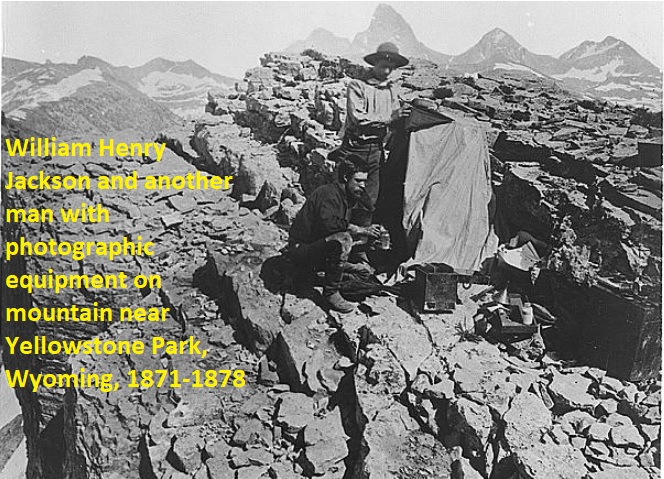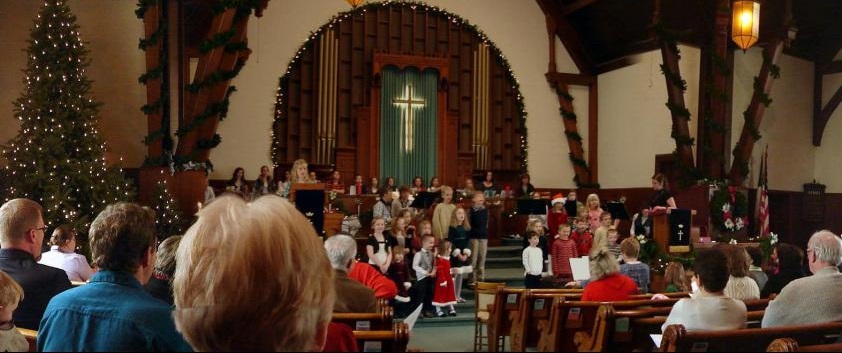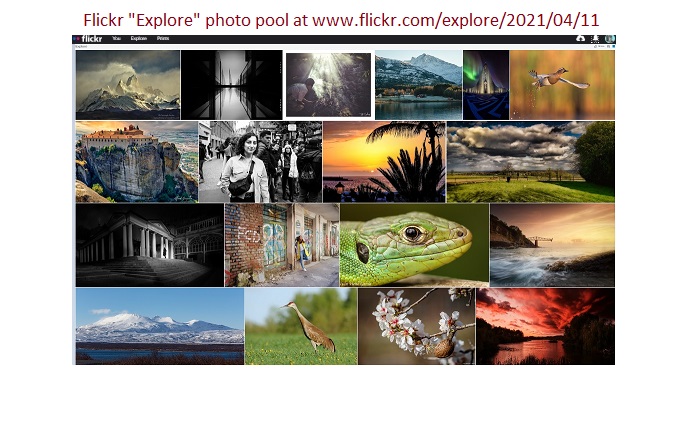
“Not all photographs are created equal” could be a good description for appreciating a set of images displayed in an exhibition, illustrating a publication, or returned in an online search. People accustomed to carrying a portable Internet device during their waking hours are said to consume thousands of images per day. They make a few each days, too. Most are not scrutinized or worthy of immersing oneself in for more than a few seconds. But looking at these intrepid 1870s travelers charged with visually surveying the American West, it is easy to appreciate the physical stamina required to lug lens, camera, dark cloth, tripod, and all the chemicals and glass-plates needed to fix their exposures so that people crowded along the coastline and, indeed, future viewers in 2021 or 2121 could look at the composition, too.
By contrast, this screenshot from Christmas 2012 in middle Michigan was recorded on a digital camera that can be held in one hand. The electronic image can readily be transferred to computer for editing and then publishing online with no need for wagon, horse, or chemicals and publishing company.

Comparing the black and white era of big gear to today’s period of devices that most people seem to carry most places, there is a “total cost accounting” that can be made. Just as certain businesses weigh all factors when coming up with the true cost of doing business (not just the accounts receivable and accounts billable), there is a price to make a picture that differs wildly in one case compared to another. Taking the 1870s example, above, there is the expense for gear and “film stock” (in this case chemicals and glass plates), transportation, food, and time. By contrast in the 2012 color example, above, much of the 1870s costs go away: no film stock (SD card for digital image files), location within walking distance of the photographer’s home, time budget limited to snap the exposure, transfer to PC, edit and share with others.
In addition to the physical, material costs enumerated here, there are also more intangible things to account for such as (technical) education of the photographer and hours of experience needed to attain a particular standard of skill: cultivating an eye to see effective compositions, building knowledge to translate vision onto the particular recording medium, exercising abilities to edit and publish the finished picture. And the subject matter itself adds to the cost: some nature documentary makers and observers may spend days or weeks waiting for a particular subject to reveal itself, if at all. Rare subjects “cost” more than common scenes being recorded. By reckoning ALL of these contributing costs, the true price of a picture can be estimated relative to other pictures Even when the particular mix of quantifiable and intangible inputs cannot be reduced to an absolute dollar figure, when expressed as a relative price of one photo versus another, it should be possible to appreciate what goes into making one exposure by comparison to another. In the 1870s photograph the expense was huge by comparison to the 2012 church scene.

This collection of photosharing images changes with the daily selection by the editors of this web service. The range in subjects and the degree of composition sophistication is impressive. Some images on the street seem to be carefully timed and framed point-and-shoot examples. For beginners such shots require luck. For experienced street photographers there may be an instinct or awareness of compositions about to come together. By contrast, the distant or difficult to access viewpoints requiring particular weather conditions, a certain time of year or time of day do have a higher price, according to this “total cost accounting” way of appreciating the collected photos.
Most people admire a photo or find themselves attracted to certain light and settings, rather than to think about the cost required to accomplish the picture seen in the mind’s eye. But pausing just long enough to acknowledge the great effort needed for the 1870s photographer (not just sweat, but education, gear, and travel) adds another dimension to seeing and thinking with pictures. Truly, not all photographs are created equal. Some do cost more than others.
